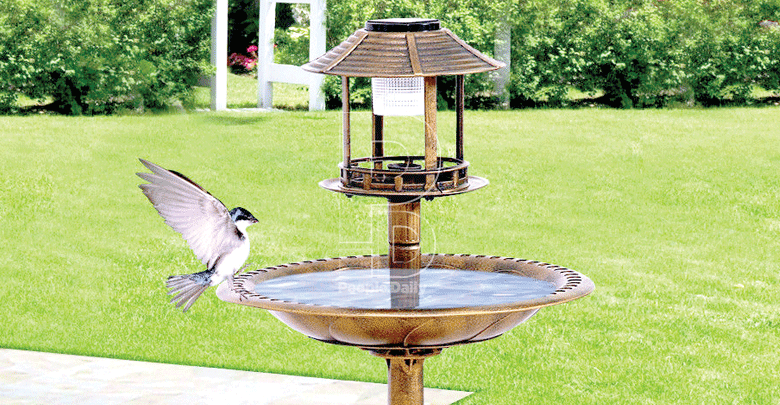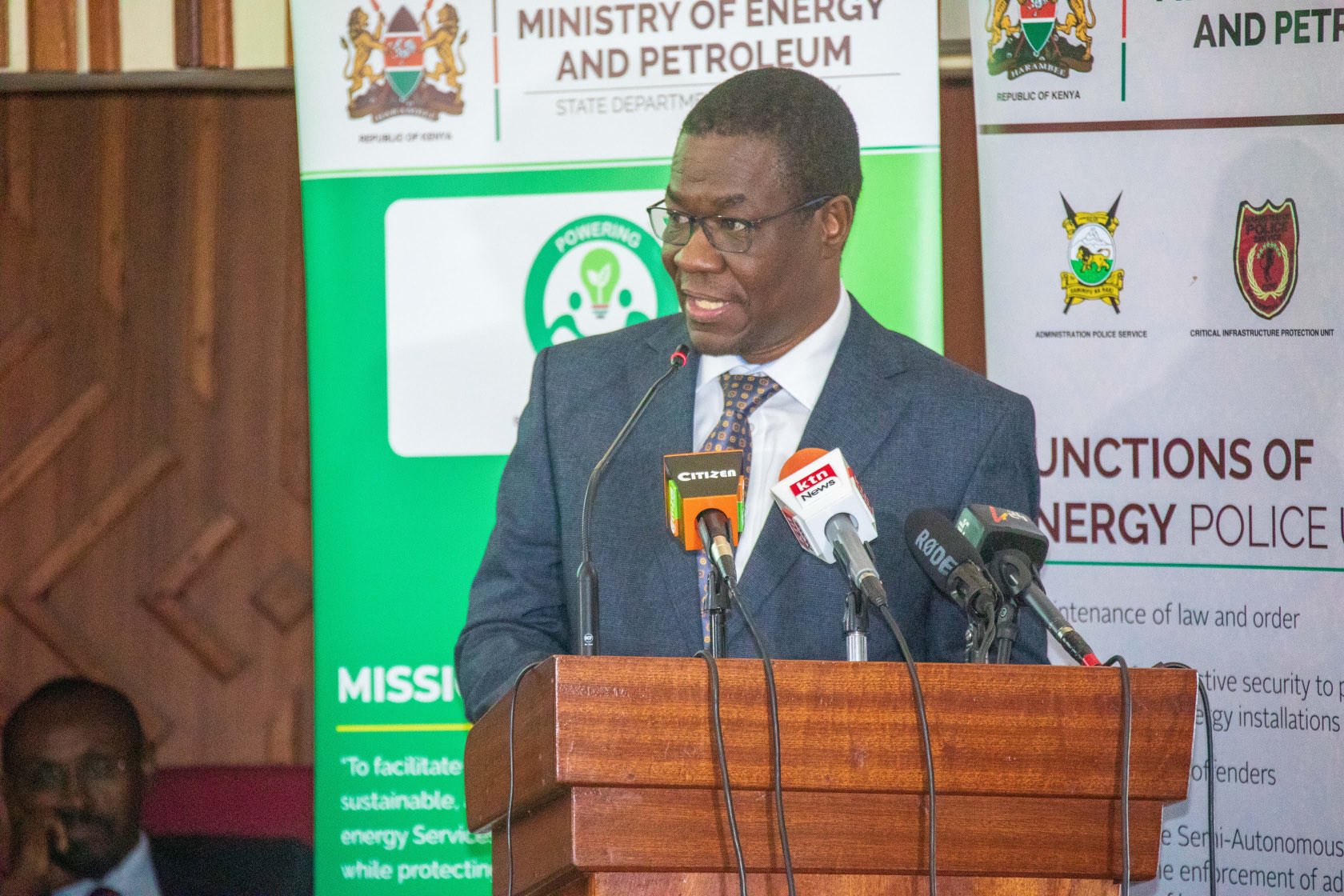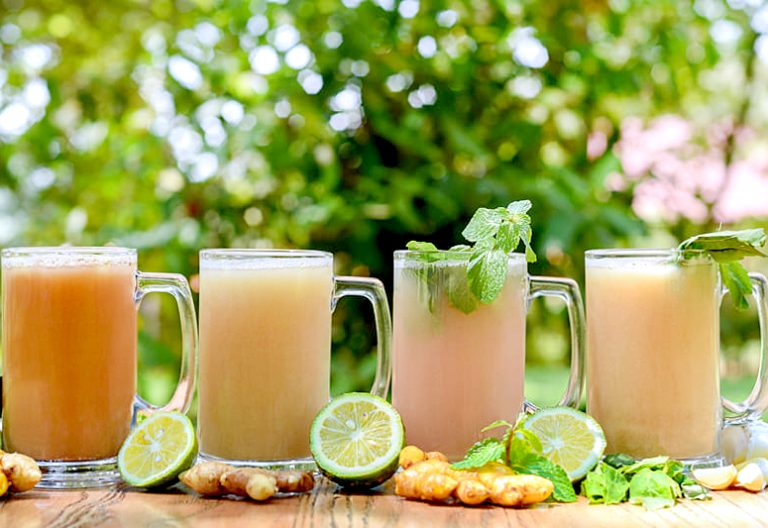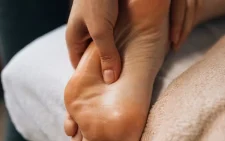Ornamental birds now trendy landscaping pieces

Beauty animals, such as peacocks, exotic ducks, turkeys, bantam chicken crested cranes, parrots, Egyptian geese and guinea fowls have become the newest sensation in many homes. Peter Irungu explains why you can consider animals to beautify your compound.
Njeri Maina @njerimainar
You have probably seen sculptures of swans and geese, and the metallic giraffes displayed on the sides of the road, especially in upmarket areas.
You have also likely found the same ornamental objects displayed in people’s homes or in restaurants.
While these objects are beautiful in their own right, more people are choosing the real animals over the sculptures as a landscaping option.
More people are choosing to rear birds, such as geese, peacocks and ostriches to roam their compounds as natural live ornaments.
But where can someone get these ornamental animals and are there any regulations governing this growing landscaping trend?
Sourcing for the birds
Peter Irungu Kunyonya, the owner and proprietor of Nyika Birds talks of how the practice of keeping ornamental birds not just as a farming and revenue generator, but as ornamental centerpieces, is slowly growing in Kenya.
“I started this breeding farm in 2009 and have seen the local uptake and interest in the birds grow year on year.
We are a licensed seller by the Kenya Wildlife Service (KWS) and have a variety of ornamental birds such as peacocks, exotic ducks, turkeys, bantam chicken and guinea fowls just to name a few.
One can come to our farm in Utawala and see the birds to decide on what they want to buy.
We can also advise on care and management and walk buyers through the process even long after the sale has happened,” Peter explains.
He talks about how the lifespan of the birds also plays a role into the type of bird bought just as much as the aesthetic look of the bird does.
He says that having a licensce is crucial, also because one requires one when getting a transportation license.
Some of the ways to care for the birds is to ensure they live in a clean place, whether in a beautiful outdoors cage or while roaming freely in the compound.
Also regularly vaccinating the birds, especially with every change of season to ensure longevity.
Regular deworming and flea checks are a must as it is only when the bird is healthy that one can enjoy its value, ornamental or otherwise.
What the law says
According to the law, all wild animals belong to the government and are managed by the Kenya Wildlife Service.
As such, one cannot just spot a wild peacock, ostrich, guinea fowl, zebra or antelope and simply domesticate them even when they are naturally occurring and right outside one’s homestead.
Thus any person hoping to keep game birds, or live animals should get a license. The licensing forms are downloadable from the KWS website.
One can only buy the animals from a licensed seller, and show the place or cage that they will be housing said animals.
According to the wildlife and management act tenth schedule, the animals licensable to homes include tortoises, chameleons, ostriches, specific pigeons, specific doves, ducks, specific guinea fowls, among others.
Larger animals, such as antelopes and giraffes can only be licensed to already existing ecotourism facilities and not to personal homes or estates, and many factors, such as habitat, acreage and climate come into consideration.
Harbouring animals or birds without a license and in contravention of the permits issued by KWS is committing an offence and one is liable to a fine not exceeding Sh5,000 or imprisonment for a term not exceeding six months, or both if found guilty.
In case there is an inspection by a warden and the game birds or animals are not found to be living in humane conditions, the license can be revoked and the animals reverted back to the government.












